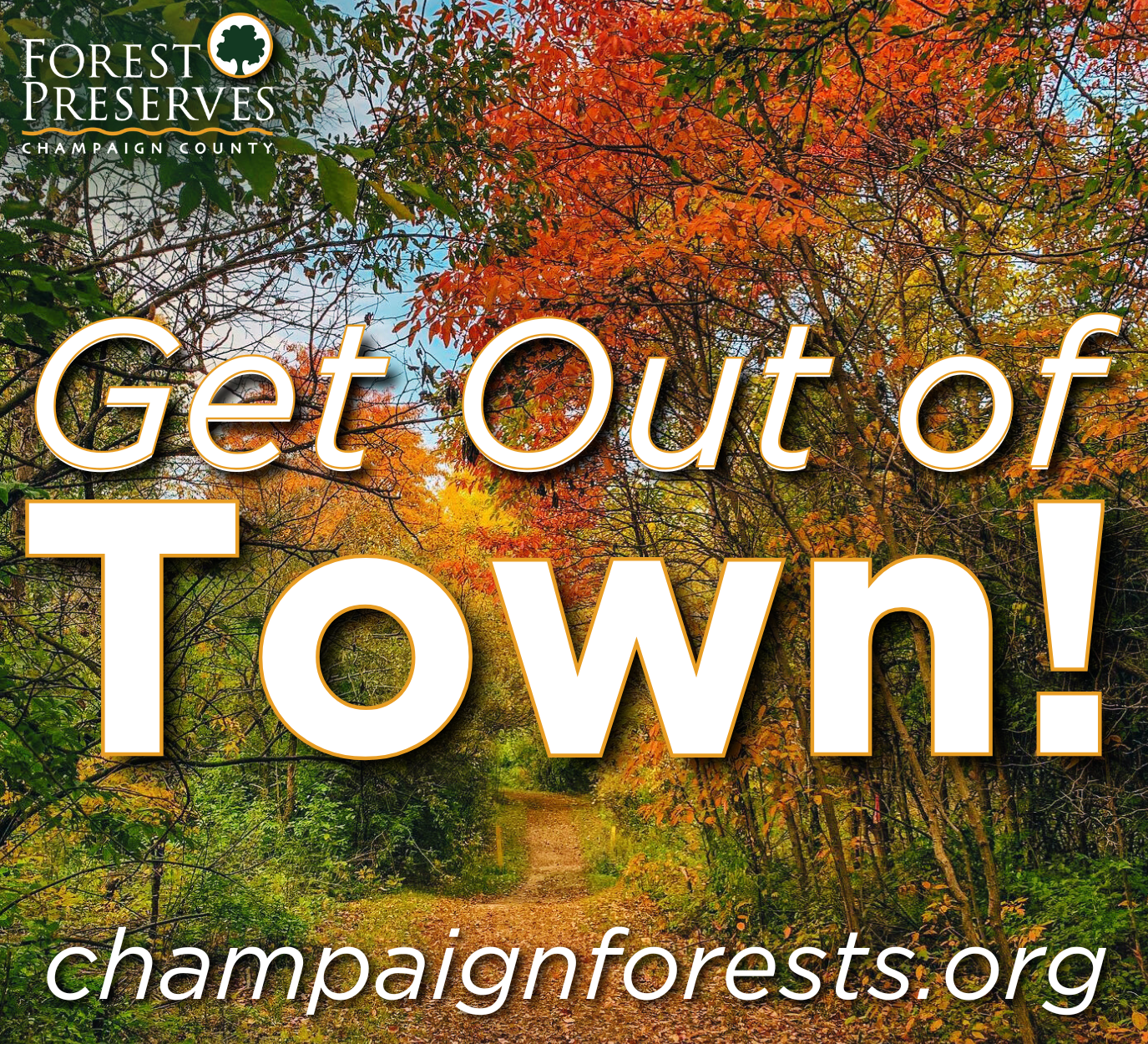“What do you want to be when you grow up?”
It’s a question adults ask young people, and something grown-ups joke about when they contemplate a career change. On Tuesday, January 6, about 230 Mahomet Seymour Junior High School students traveled to the IHotel in Champaign to a conference designed to get them thinking about this very question.
The 24th annual 8th grade career conference, sponsored by Education for Employment System #330, is designed to get 8th graders thinking about the future, according to Renae Kirkton, special projects coordinator, Education for Employment.
“We want to spark their brains and get them thinking about what kinds of classes they should take in high school. We also want them to prepare now for whether a career path will need a 4 year degree, a 2 year degree or technical school,” she added.
The Career Conference is only part of this process. Prior to attending the career conference, MSJH eighth graders took an online interest profile. That information helped decide which professionals they should hear speak at the Career Conference.
“The program is called Career Cruising. It is free to schools,” explained Kirkton. “They complete the profile online and we see where they fall. They attend sessions based on their answers and their interests.” Students attended sessions in their top two interest areas.
Speakers in attendance represented a variety of local businesses including healthcare, banking, aviation and agriculture. These speakers were categorized in to six different areas: Human Services, Business, Art/Communications, Industrial, Health, and Ag/Natural Resources. Twenty two local business people presented in total on the day MSJH students attended, said Kirkton.
When the career fair concludes this week, EFE employees anticipate about 2,500 students from 24 different schools across Champaign, Ford and Piatt counties will hear the information.
Two of those students attending were MSJH 8th graders Carly Pogue and Emily Bohn. These students said while they did get something out of the morning, they would like to see the Career Conference allow students to get a feel for more areas than just two.
“I’d like to be exposed to a wider range of careers,” said Bohn. “I know they can’t cover all the careers out there, but I think they need a wider range, or to let us choose what workshops we go to, not just what the computer said.”
“To me, a career fair explains about all different jobs in different fields,” Pogue said. The students also questioned the accuracy of the Career Cruising assessment.
“I know one guy, who is a good student, who got ‘fast food worker’ as his first choice and ‘pediatrician’ as his second choice,” said Bohn. “There’s a big difference there.”
Bohn and Pogue also said they wished the fair focused more on entry level positions, rather than the successful business owner.
“I wish the speakers would have focused more on what is was like when they first came in to the job market,” said Bohn, adding, she would have liked more information on the day to day aspects of the speakers’ jobs.
The Career Conference is unique to the area, according to Shelly Dunn, Financial Coordinator, Education for Employment. Education for Employment is a federally funded grant that provides money to individual service areas, such as #330, to deliver career and technical education to the 13 member districts. Area #330 chooses to deliver this information to students in the form of a career conference, according to Dunn. They estimate they have reached more than 55,000 students in their 24 years.
Jeanne Campion, 8th grade math teacher at MSJH has attended 8 of these career conferences. And while the format has been similar for the years she has attended, she said she feels students can get something out if it each time.
“I went to the engineering and industrial technology break out. I heard them say students need to be able to work as a group and embrace diversity. We can’t have a group of same minded people,” she said.
Campion said after the career fair, she will do an activity with her 8th graders that involves a Hershey’s Kiss. She said each student is given a piece of candy and they have to come up with all the careers that went in to the manufacture of the candy.
“At first, they only come up with 4 or 5 careers, but when we really talk about: Where did I buy it? The store. How did I get to the store? I drove my car. Who made my car? They really start seeing how many different careers went in to that one Kiss. They start realizing how much education when in to making that Kiss.”
While Campion uses the Career Fair as a tool for teaching about jobs, and the students said they would have liked different information, all three agreed on the best part of the Career Fair: Firefighter Phil. Firefighter Phil is Phillip Edwards, Urbana fire marshall.
“Fire fighter Phil was the keynote speaker,” Campion said. She went on to say he told kids to “dare to be different. He told them he wished he would have started thinking about his own career earlier.”
He spoke of his own childhood, spent in what he termed ‘the hood’,” said Bohn.
“He was inspiring us to do our best,” is what Pogue said she got out of his message. “Whether you come from wealth or ‘the hood,’ you can do it if you put in the work, effort and time.”
All conference attendees were given a booklet containing a listing of Illinois occupations with the most openings each year, broken out by level of education needed. The booklet also contains steps parents can use to help their children plan a career path.
As for future generations, Kirkton said Career Cruiser software keeps updated on employment trends and emerging technologies. Because who knows what opportunities will be available to the children of Bohn and Pogue’s generation when they are 8th graders.



